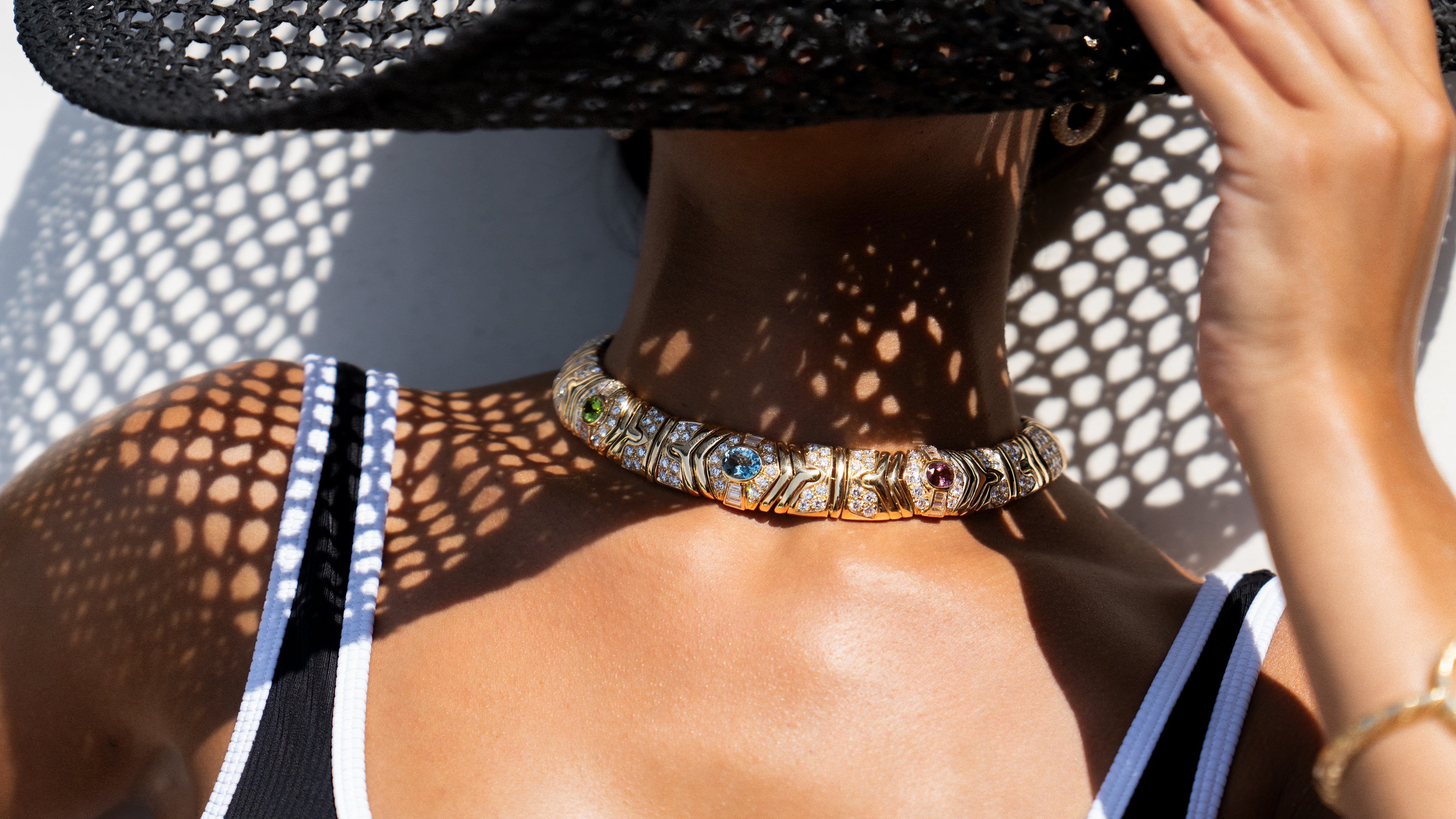House of Asprey
From a silk-printing business founded in the 18th Century to a peerless jeweler whose relationship with the British Royal Family has been unwavering, Asprey has enjoyed a long and exhilarating run.
Humble Beginnings
The descendant of French Huguenots who fled England to escape religious persecution, William Asprey founded his namesake silk-printing business in 1781 in Mitcham, Surrey, in England. In a short time, it became a luxury emporium. William’s son, Charles, joined the firm in 1841, and soon afterward, moved the premises to 167 New Bond Street in London.
Heritage
Asprey established himself well to serve London society, advertising “articles of exclusive design and high quality, whether for personal adornment or personal accompaniment and to endow with richness and beauty the table and homes of people of refinement and discernment.”
A series of acquisitions solidified Asprey’s presence. As well as absorbing competitors, Asprey purchased an adjoining building, giving them access to two of the city’s most fashionable thoroughfares.
1862 was a banner year for the House of Asprey. Queen Victoria granted the first Royal Warrant. The items Asprey supplied were writing cases, traveling bags, and dressing cases.
The Prince of Wales (later King Edward VII), granted a Royal Warrant to Asprey in 1889. He was so tickled with the monogram they designed for him, he attempted to put it on all the city’s public mailboxes (known as “pillar boxes”). Edward remained an ardent client of Asprey until his death. Royalty and dignitaries alike patronized the store following Edward’s funeral, fueling the reputation of the House.
Watches became part of the Asprey heritage during the 19th Century. Their iconic Regulator clock held a place of honor in the window of their store. People passing by could regularly be setting their own timepieces to match the time on the Asprey clock.
The beginning of the new Century saw the acquisition of manufacturing facilities. Asprey hired jewelers, silversmiths, goldsmiths, and watchmakers. One of these was Ernest Betjeman, a highly esteemed craftsman and designer. The 1920s saw commissions coming in from across the globe. Collectible cigarette cases were a prime choice of bright young things. Other modern “must-haves” of the era included travel clocks, safety razors, and automatic pencil sharpeners.
Asprey was front and center during the golden age of the 1920s and 1930s. They embraced Art Deco style, infusing it with their own unique brand of design and vitality. Catalogs of the time tell stories of luxury goods and their place in a well-appointed household. Excess in all forms marked the years following the Great War, and jewelry was no exception. In the age of the cocktail, Asprey created one-of-a-kind beauties that were often whimsical but well-crafted and always in the best of taste.
The firm chose to keep its workshops open during World War II. Its craftsmen, who would have been sent to war, instead remained and made parts for the Admiralty and other government agencies.
The end of the Great War brought continued growth for the jeweler. Their workshops were relocated above their Bond Street store, resulting in a significant increase in their bespoke business.
Asprey continues to thrive, with locations in London, New York, the Middle East, and Asia. Esteemed clientele includes English and Arabian royalty and heads of state. In addition to jewelry, the firm offers other luxury merchandise such as clocks, silver objects, china, furniture, and clothing.
The House continues to use the finest precious gemstones, created by master craftsmen. Asprey has a reputation for producing jewelry inspired by English country gardens. Today, the jeweler’s offerings include the Daisy, Sunflower, and Woodland collections. Asprey’s watchmaking reputation is as solid today as it was a century ago. To this day, their customized and stamped Asprey remains a highly sought-after timepiece.
Commissions
For the coronation of Queen Elizabeth II, the firm created the Asprey Coronation Year Gold Collection, which included a dessert, coffee, and liqueur service in 18K gold that weighed nearly 27 pounds.
In the late 1990s, Princess Diana commissioned Asprey to design a 30-carat aquamarine ring with diamonds set in yellow gold. Prince Harry later gave the ring to Meghan Markle.
As well as the British Royal Family, Asprey has enjoyed several commissions from notable financiers, society leaders, and celebrities.
In 1930, Maharaja of Patiala commissioned a large teak traveling trunk lined with blue velvet for each of his spouses. The trunks were fitted with silver washing and bathing utensils. Ornate tiger heads formed the water spouts.
Ringo Starr called on Asprey to create a chess set composed of gold and sterling silver-plated “hands” modeled from castings of the drummer’s ringed fingers.
Other notable patrons, while too numerous to list, have included J. Pierpont Morgan, Richard Burton (who frequented Asprey in search of “make-up” gifts for Elizabeth Taylor), and, more recently, Keira Knightly.
Asprey in Film
The illustrious designer has created jewels for many motion pictures, most notably, the Heart of the Ocean necklace featured in the movie Titanic. Other films in which Asprey jewelry appears include the Beatles’ 1965 movie Help!, Flawless (2007), and Confessions of a Shopaholic (2009). In addition, the 2011 film My Week with Marilyn was filmed at Asprey’s flagship store.
British Academy Film Awards
In 2009, Asprey collaborated with actors Brad Pitt and Angelina Jolie to design the Asprey’s Protector Collection of Jewelry, with all net proceeds donated to a children’s charity.
